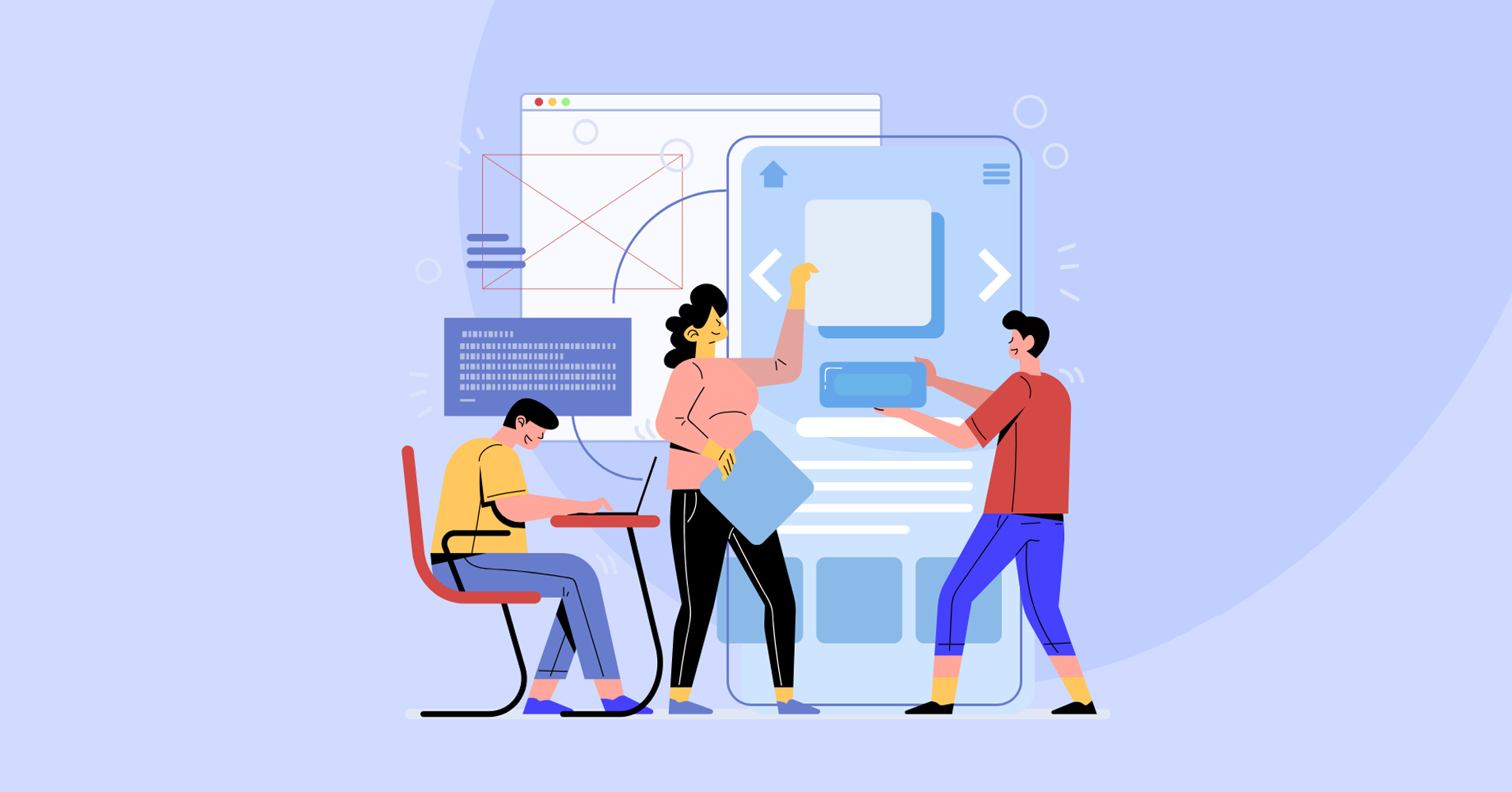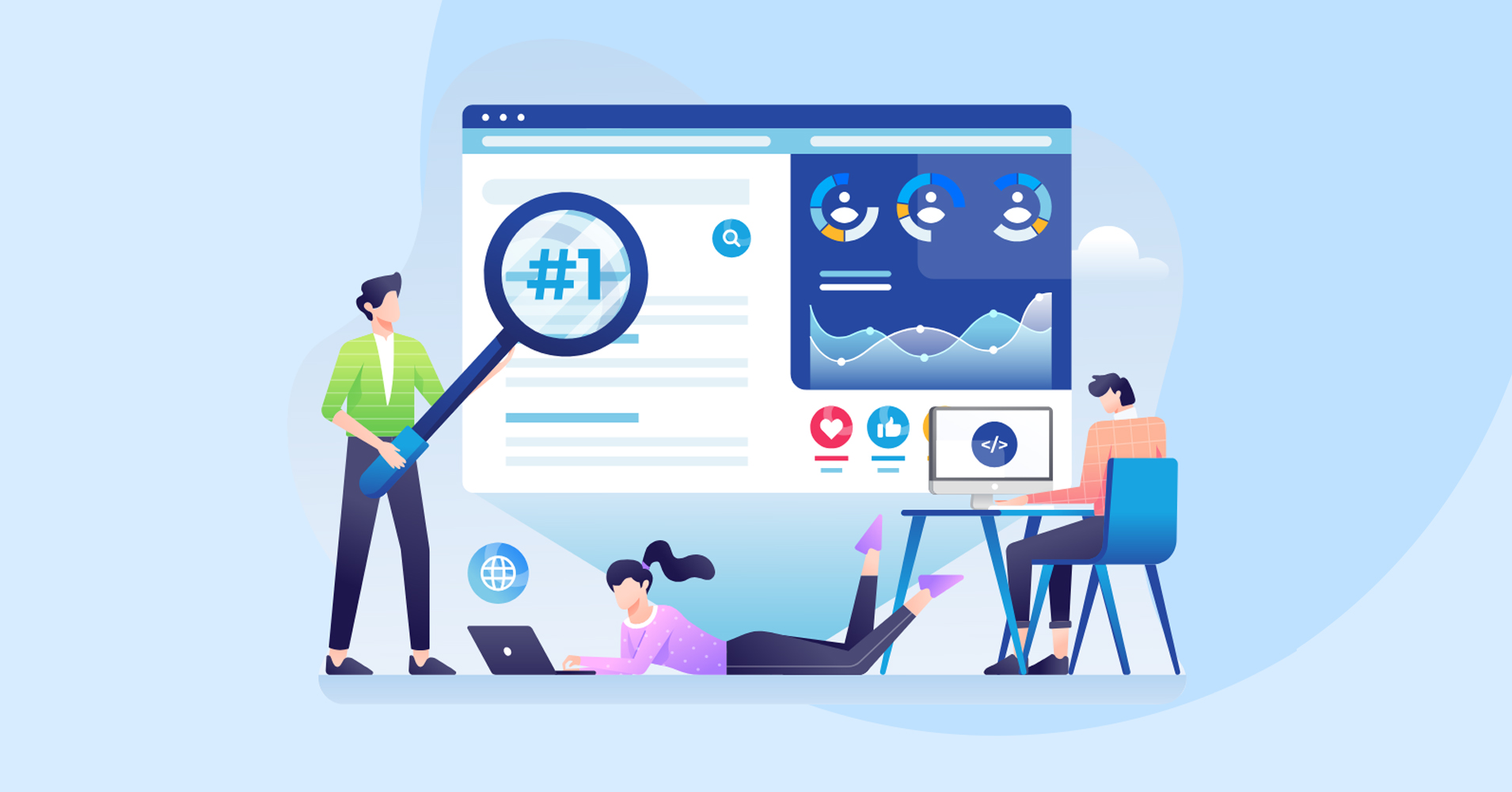E-commerce has revolutionised the way people shop, offering convenience and a wide range of products at their fingertips. However, with the growing competition, ensuring your e-commerce site stands out is crucial. One of the most significant factors influencing customer satisfaction and conversion rates is the performance of your website. A slow or unresponsive site can lead to lost sales and a poor reputation.
This post will explore essential tips for enhancing the performance of your e-commerce site. From optimising loading speeds to utilising Google Page Speed Test, we’ll cover actionable strategies to provide a seamless shopping experience for your customers.
Optimise Your Website Speed
Website speed is a critical factor in user experience. If your site takes too long to load, potential customers are likely to leave before even seeing your products. To optimise your site’s speed, start by minimising the size of your images and compressing files. Large images can significantly slow down your website, so using tools to reduce their size without compromising quality is essential.
Additionally, leveraging browser caching can help improve loading times. By storing static files in users’ browsers, your site will load faster for returning visitors. This not only enhances the user experience but also reduces the server load, making your site more efficient.
Leverage Content Delivery Networks (CDNs)
A Content Delivery Network (CDN) distributes your website’s content across multiple servers worldwide. This means that when a user accesses your site, the content is delivered from the server closest to their location, reducing latency and improving load times. Implementing a CDN is particularly beneficial for e-commerce sites with a global customer base, as it ensures a consistently fast experience regardless of where users are located.
Simplify Website Design
While an elaborate design might look appealing, it can also slow down your website. Simplifying your site’s design can significantly boost its performance. Focus on creating a clean, intuitive layout that guides users effortlessly through your site. Avoid unnecessary animations or complex features that add to loading times without enhancing user experience.
Optimise for Mobile Users
With the increasing number of shoppers using mobile devices, optimising your e-commerce site for mobile is no longer optional. A mobile-optimised site not only improves user experience but also positively impacts your search engine rankings. Ensure your site is responsive, meaning it adapts to various screen sizes and devices seamlessly.
Use Google Page Speed Test
One of the best tools to measure and improve your site’s performance is Google Page Speed Test. This tool provides detailed insights into your website’s loading times and offers specific recommendations for improvements. Regularly testing your site with Google Speed Test allows you to identify and fix performance issues promptly.
Optimise Checkout Process
The checkout process is a crucial part of the customer journey. A complicated or lengthy checkout can lead to cart abandonment. Streamline your checkout process by reducing the number of steps required to complete a purchase. Offer guest checkout options and ensure the process is mobile-friendly to cater to all users.
Implement Effective Caching
Effective caching strategies can drastically reduce load times by storing copies of your site’s pages. When users visit your site, they can access the cached version, which loads much faster than generating a new page each time. Utilise both server-side and client-side caching to maximise performance benefits.
Enhance Database Performance
For e-commerce sites with extensive product catalogues, database performance is vital. Optimise your database by indexing your tables and using efficient queries. Regularly clean up your database to remove unnecessary data, which can slow down performance. Additionally, consider using a database management system that scales well with increased traffic and data.
Optimise Images and Media Files
High-quality images are essential for showcasing products, but they can also slow down your site. Use image optimisation tools to compress images without losing quality. Implement lazy loading for images and videos, which means they only load when they appear in the user’s viewport. This technique improves initial page load times and enhances the overall user experience.
Monitor and Analyse Performance
Regularly monitoring and analysing your site’s performance is crucial for ongoing improvement. Use analytics tools to track key metrics such as load times, bounce rates, and conversion rates. By understanding how users interact with your site, you can make data-driven decisions to enhance performance continually.
Utilise Lightweight Themes and Plugins
If you’re using a content management system (CMS) like WordPress, the themes and plugins you choose can significantly impact performance. Opt for lightweight themes that are designed for speed and efficiency. Similarly, use plugins that are essential and well-coded, avoiding those that add unnecessary bloat to your site.
Improve Server Response Time
Your server’s response time plays a crucial role in overall site performance. Choose a reliable hosting provider that offers fast servers and excellent uptime. Additionally, consider using a dedicated server or a virtual private server (VPS) for better performance compared to shared hosting.
Minimise HTTP Requests
Each element on your webpage, such as images, scripts, and stylesheets, requires an HTTP request. The more requests your page makes, the longer it takes to load. Minimise HTTP requests by combining files, using CSS sprites for images, and reducing the number of plugins or third-party scripts.
Enhancing the performance of your e-commerce site is essential for providing a top-notch shopping experience. By optimising loading speeds, leveraging tools like Google Speed Test, and implementing efficient design and technical strategies, you can ensure your site runs smoothly and efficiently. Regular monitoring and continual improvements will keep your site competitive in the fast-paced world of e-commerce, ultimately leading to higher customer satisfaction and increased sales.








